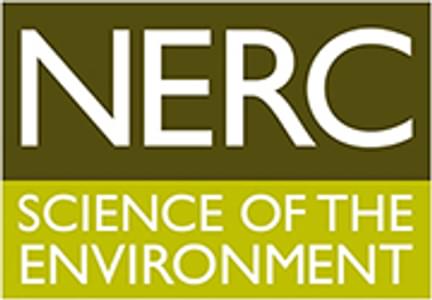What are the impacts of marine plastic pollution?
8 million tons of plastic is dumped in our ocean every year and it can take hundreds of years to break down. It can confuse animals who may not be able to tell if it’s food, a place to live or even another animal like them.
Brought to you by

